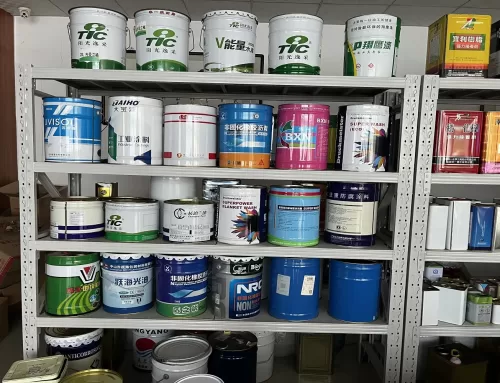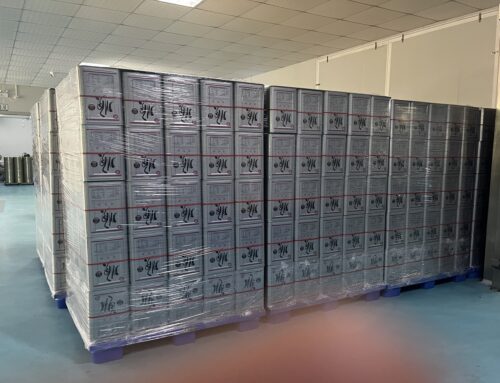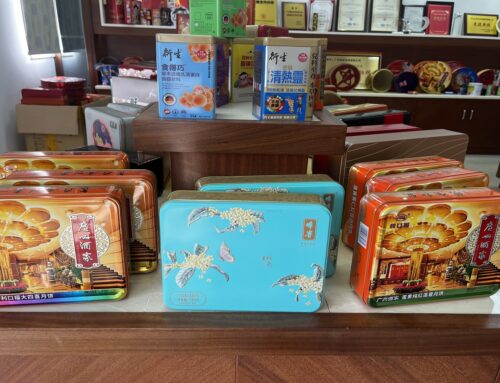The development history and current situation of Indian can industry
Independence from Britain in 1947 became a watershed, and the growth of food packaging in India was slow. In 1947, India became an independent country from a British colony. At that time, the economic situation of the whole country was quite difficult, and it could be said that there was nothing to be done. There are very few employment opportunities for people, because a large number of people are unemployed and poor, all women are housewives; at the same time, climatic conditions provide favorable conditions for cooking fresh food and dairy products, which leads to Reluctance to spend more on packaged food, opting instead to buy fresh food to cook at home. Therefore, advanced packaging is always considered last and only basic and cheaper packaging has a place in Indian households, leading to the notion that “packaged food is not good for health” has been ingrained in people’s minds for many years.
The vacuum and shock left behind by the collapse of can maker Metal Box 40 years ago are still alive today. The earliest metal can production in India can be traced back to the establishment of the Indian Metal Box Company in the 1950s (then a branch of the British MetalBox Company). During the company’s heyday, it had built nine large factories all over India, and it was also a well-known equipment manufacturer.
In 1978, Metal Box suffered huge losses due to its entry into the ball bearing manufacturing industry, which eventually caused it to close its doors in India around 1986, resulting in a serious shortage of metal packaging in India. s future. One is that many customers have switched dramatically to alternative packaging, such as plastic, paper, glass, and never looked back. Products such as cooking oils, lubricants, paints, greases, tobacco, milk powder and many others are switching to alternative packaging. Second, small canning factories spread all over India, grabbing the market left after the collapse of Metal Box in India, flooding the market with low-quality metal cans, and customers were forced to accept them at that time. Purchasing low-quality metal cans later became one of the buying habits of buyers.
It was the major event of the closure of Metal Box in India that eventually led to the decline of the Indian can industry, such as: plastic, paper, glass replaced metal; metal cans were produced in poor quality, and buyers began to think that metal cans are inferior to plastic. , paper and glass packaging. Enterprises that accidentally entered the canning industry due to the collapse of Metal Box in India are not trying to improve the level of production technology, but to convince buyers that metal cans should be rusted and defective because they are made of metal, which eventually makes buyers increasingly turn to alternatives Sexual packaging.
Change: India emerges as country of opportunity for metal packaging
Ten major changes After decades of development, India has undergone earth-shaking changes, which are embodied in the following ten aspects. First, it has become the third largest economy in Asia, the sixth largest producer of GDP in the world and the third largest in purchasing power, while also being one of the fastest growing economies in the world.
Secondly, food, science, technology, telecommunications, software, heavy industry and other manufacturing industries have all experienced rapid growth, resulting in huge business potential, which means opening up areas for more investment.
Third, the massive investment in the infrastructure construction of the industrial system has led to further urbanization.
Fourth, as an industry prioritized by the Indian government, the food processing industry has achieved rapid development.
Fifth, India has a middle-class consumer class of 600 million. Due to the increase in per capita disposable income, the consumer market is thriving.
Sixth, the proliferation of nuclear families and the prevalence of dual-earner couples have led to an increase in processed foods.
Seventh, more and more Indians are going abroad, and the demand for high-quality packaged food is growing.
Eighth, retail business shifts to supermarkets, and product choice shifts to consumers rather than retailers.
Ninth, export opportunities for packaged food are growing.
Tenth, India’s position in world food production continues to rise. According to the data of CIA World Factbook in 2014, the global agricultural output value reached 4.77 trillion US dollars, only China (1 trillion), India (0.367 trillion), the United States (0.279 trillion), Brazil (0.13 trillion), Nigeria (0.122 trillion) trillion) and Indonesia (0.121 trillion) accounted for 42% of them. India’s agricultural sector contributes 25% of India’s GDP, creates 64% of employment, and accounts for 18% of India’s exports.
India ranks first in the world in dairy, tea, and sugar production, is the second largest producer of fruits, vegetables, rice, wheat and ground nut, and ranks among the top five producers of coffee, grains, spices, and rapeseed. At the same time, a surprising statistic is that currently only 2% of food is processed and packaged, and almost 40% of perishable food is wasted. With the recent introduction of incentive policies by the Ministry of Food Processing Industry of India and positioning India as the “world food processing factory”, it is believed that India’s food processing industry will usher in a new round of growth.
Metal packaging ushered in development opportunities in India. To sum up, metal packaging faces huge development opportunities in India. With the growth of food and beverages in India, there is a growing perception that high-quality packaging should be used for preservation. Although India is making rapid progress in many areas, the can industry is still a fairly backward sector in terms of meeting modernization needs, thus providing opportunities for development of can makers with the right technology and marketing concepts.
In general, demographic change, economic growth, and the development of the food processing industry are the three major factors driving the development of the canning industry. The specific manifestations are: the increase in per capita income, the increasing emphasis on hygiene, and the increasing number of nuclear families, making it more convenient The number of packaged foods continues to grow; urbanization is intensifying, and people’s consumption concepts are also changing, equating packaging quality with product quality and brand; the emergence of supermarkets has allowed consumers to have more commodities and packaging choices; packaged food exports have increased significantly ; Food needs to be preserved in packaging, otherwise it will go to waste.




